The ancestors of today’s big cats roamed the Earth millions of years ago, exhibiting unique traits and behaviors that laid the groundwork for modern-day species. These early felids shared a common ancestor with civets and genets, characterized by their elongated bodies and adept climbing abilities. Through this lineage, big cats inherited keen hunting instincts tailored to their respective environments.
The Rise of the Sabertooths
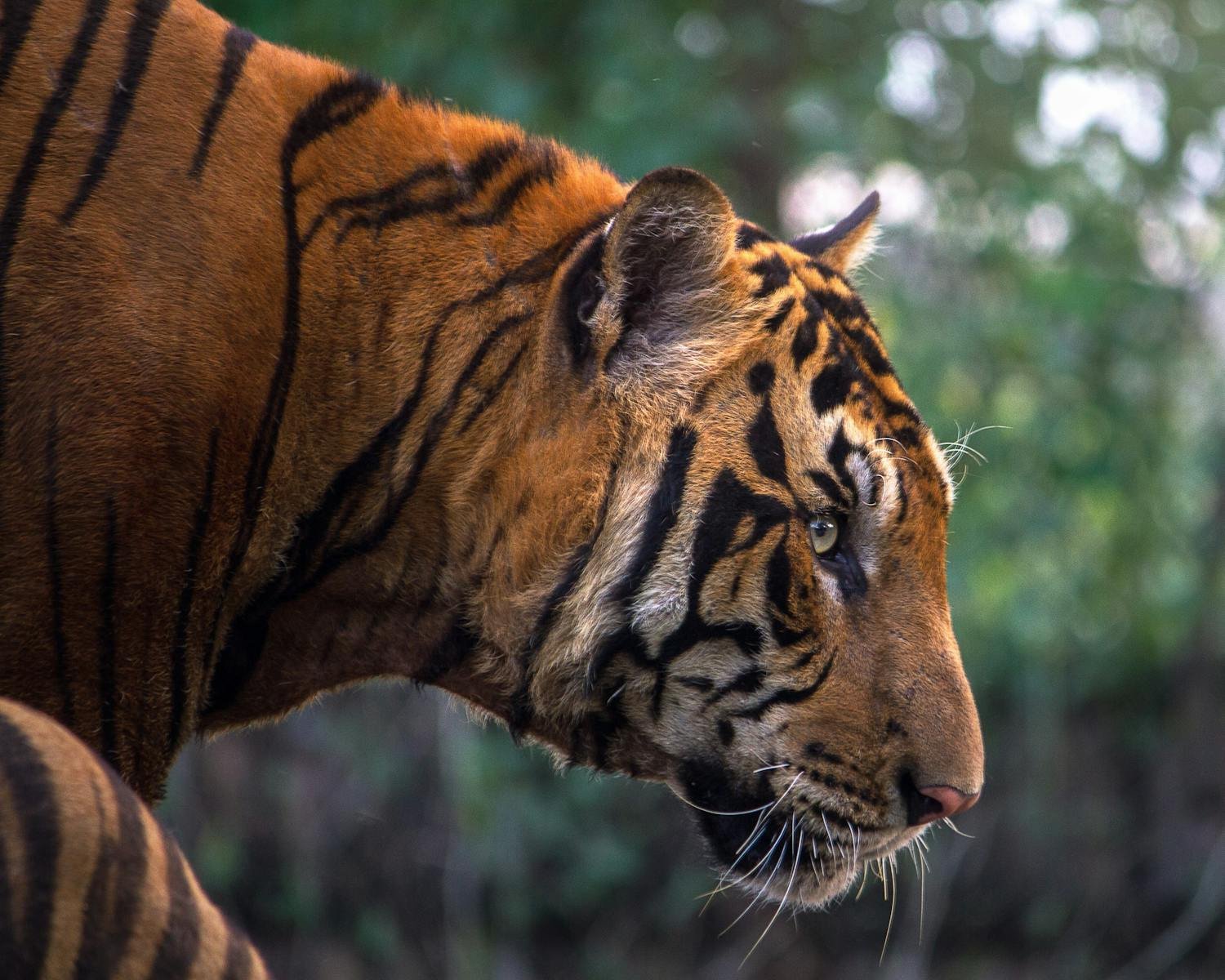
Sabertooths, such as the infamous Smilodon, dominated prehistoric landscapes with their elongated canine teeth and powerful build. These formidable predators thrived during the Pleistocene epoch, demonstrating specialized hunting strategies that involved ambushing large prey. Their success was largely due to their ability to adapt their hunting techniques according to their environment, signaling a critical evolutionary step in the development of big cats’ hunting instincts.
Adaptations for Survival
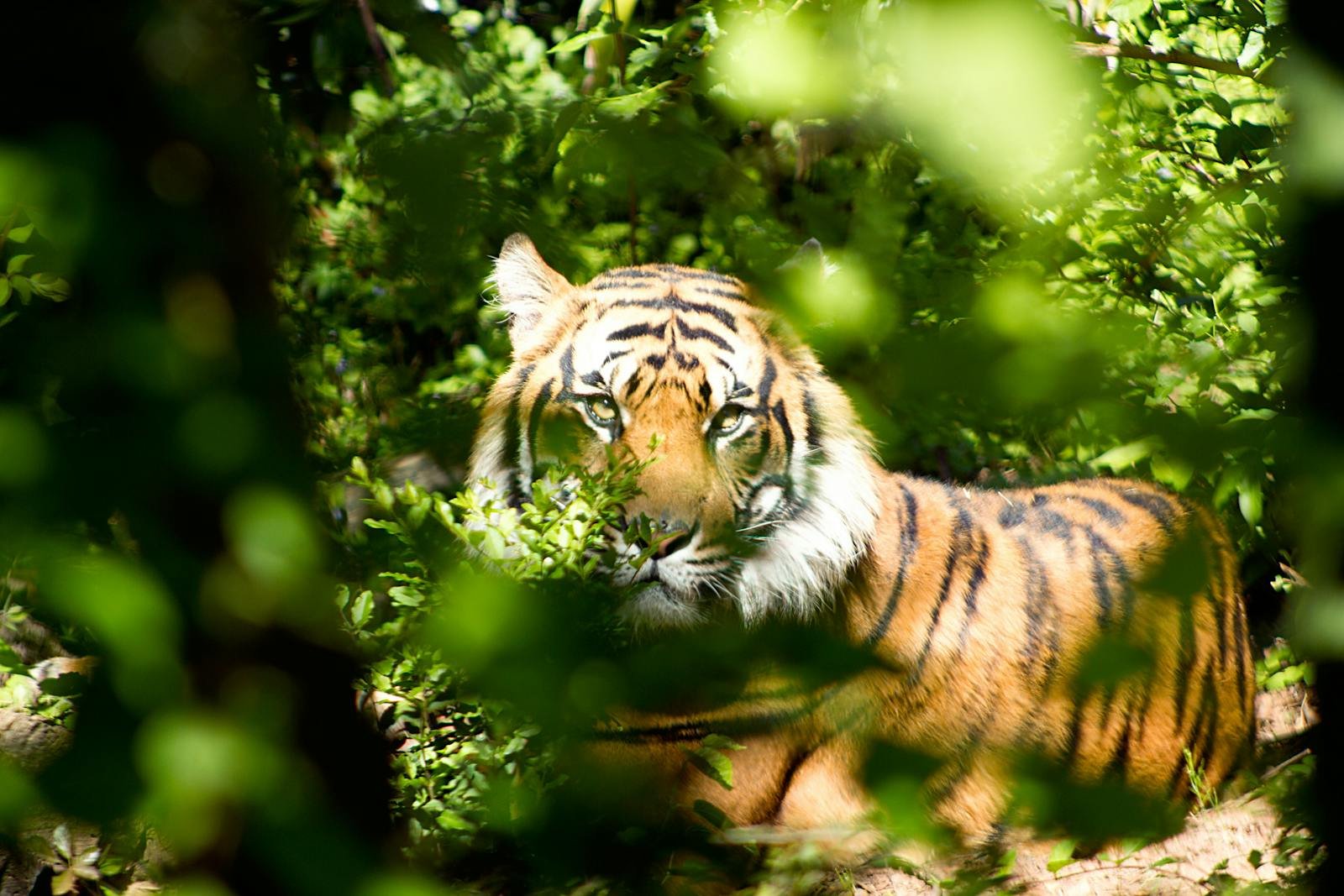
Throughout evolutionary history, big cats developed a host of physical adaptations that enhanced their hunting capabilities. Enhanced vision, retractable claws, and muscular bodies allow these predators to excel in both stealth and power. These traits have been honed over millions of years, enabling modern big cats to become some of the most successful hunters in the animal kingdom.
Diverse Hunting Techniques
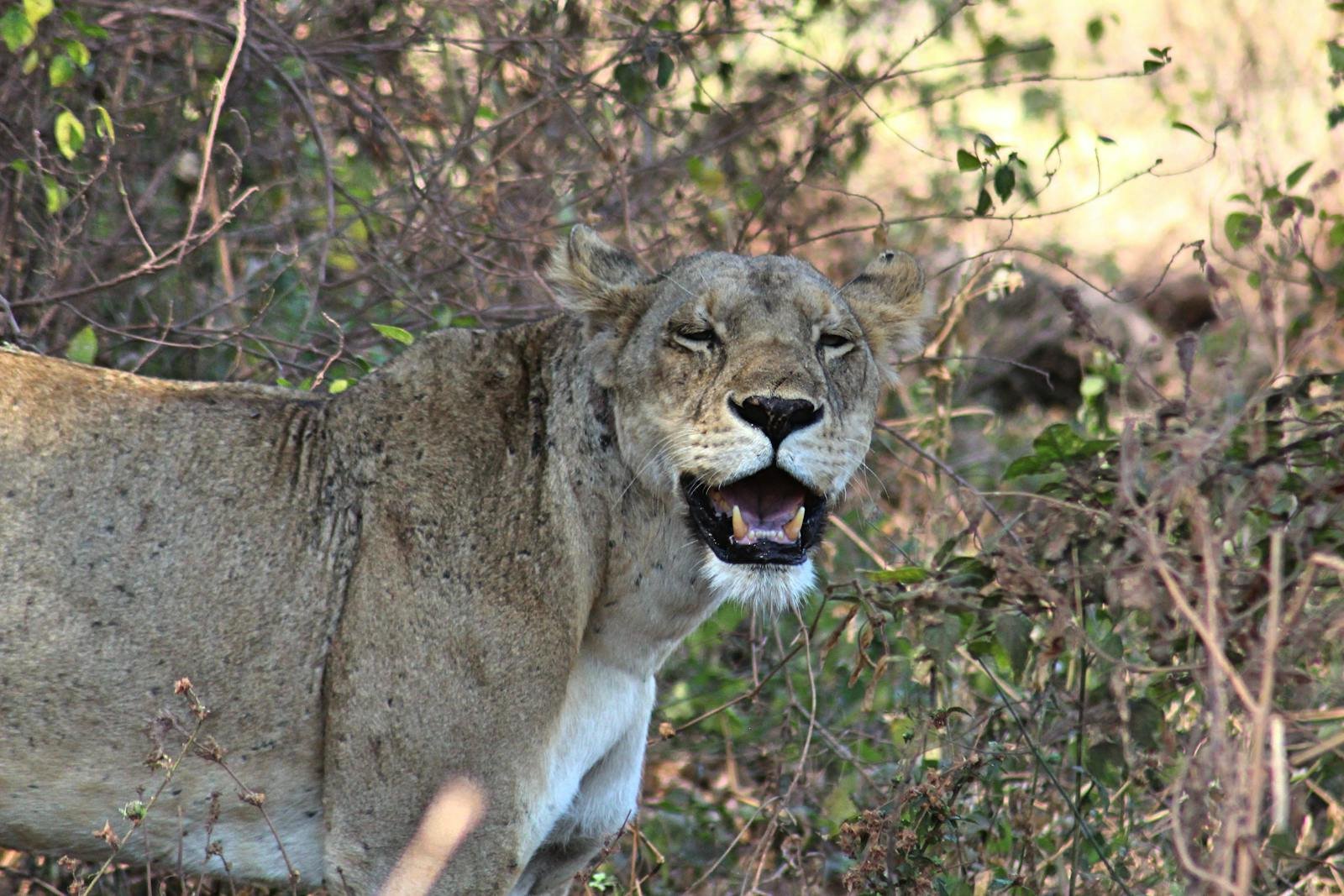
The evolution of big cats has resulted in a variety of hunting techniques that cater to their specific environments and prey. For instance, the cheetah’s incredible speed allows it to outrun prey in open savannahs, while the stealth and power of the jaguar enable it to ambush prey in dense forests. Such diversity in hunting strategies is a testament to the adaptive prowess of these remarkable creatures.
The Role of a Carnivore’s Diet
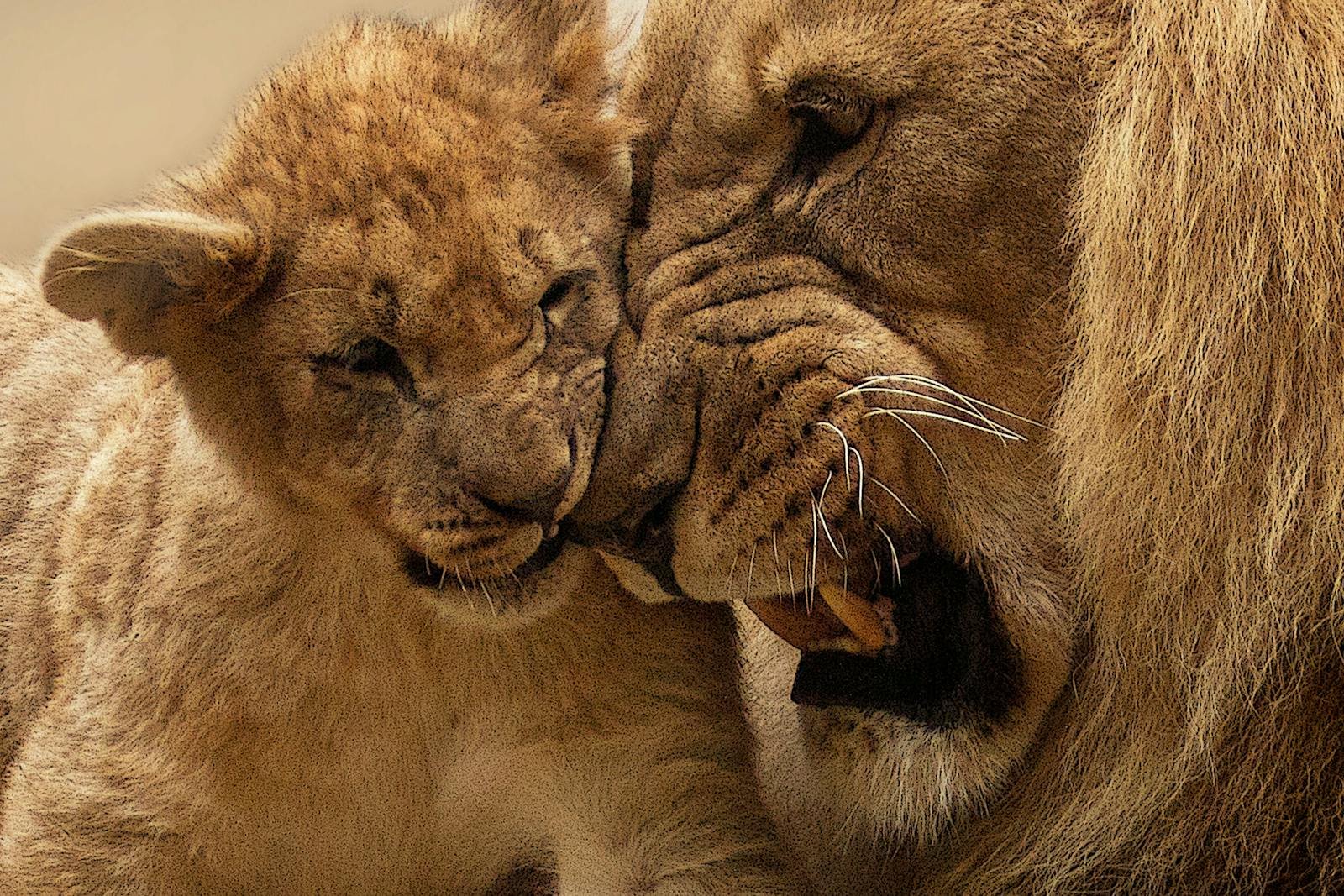
Big cats are obligate carnivores, meaning their diet consists primarily of meat. Over millions of years, their digestive systems have evolved to efficiently process protein-rich diets. This specialisation in consuming large prey has in turn influenced their hunting behaviors, pushing them to develop tactics that conserve energy while maximizing success rates during a hunt.
The Power of the Pack: Social Hunting
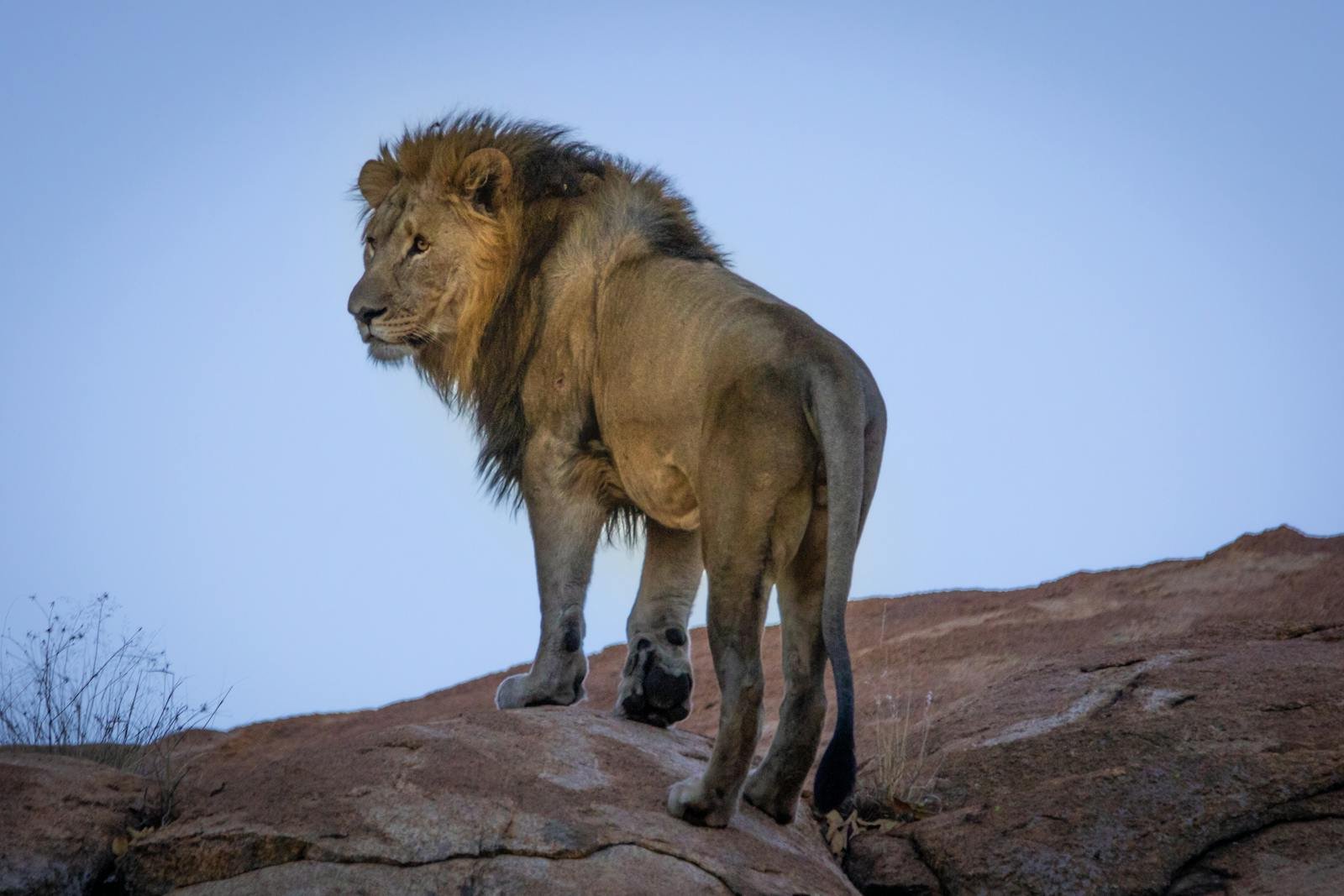
While many big cats are solitary hunters, species like lions have evolved complex social structures that enhance hunting efficiency. The pride structure enables cooperative hunting strategies, such as flanking and ambushing, to take down large and dangerous prey. This social behavior is a fascinating evolutionary development that showcases the adaptability of some big cat species in optimizing their hunting success.
Learning from their Environment
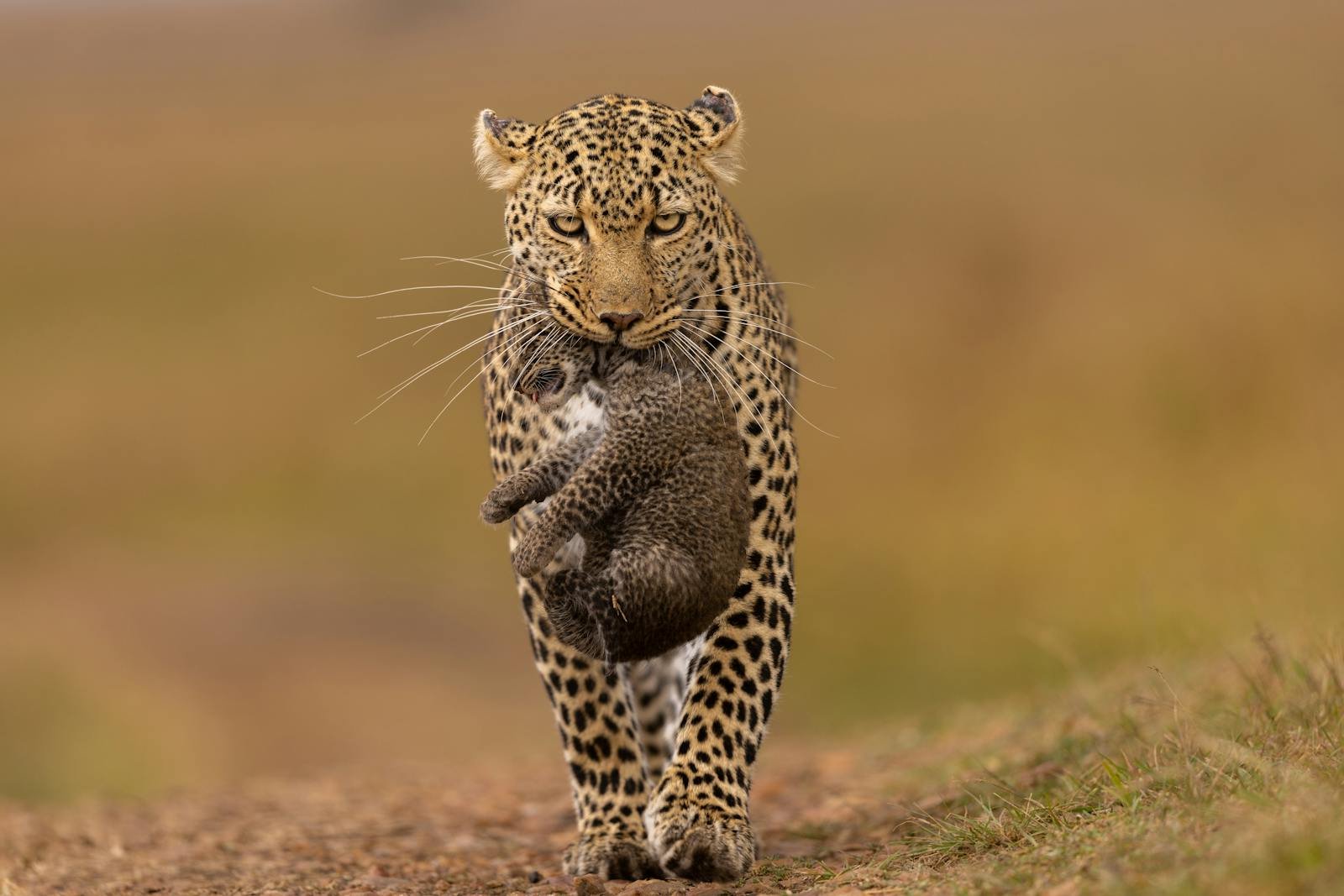
Environmental factors have played a pivotal role in shaping the hunting instincts of big cats. Changes in climate, vegetation, and prey availability required these predators to continually adapt their strategies for survival. The evolution of stalking techniques and understanding prey behavior have been crucial in allowing big cats to thrive in various ecological niches.
Case Study: The Snow Leopard’s Stealth

The snow leopard, native to the harsh mountain terrain of Central Asia, provides an excellent example of evolutionary adaptation. Its stocky build, thick fur, and exceptional ambush skills allow it to navigate rocky landscapes with ease and stealth. This evolution of hunting instincts in response to a challenging environment underscores the adaptability and specialization of big cats over millions of years.
Human Impact on Big Cat Evolution
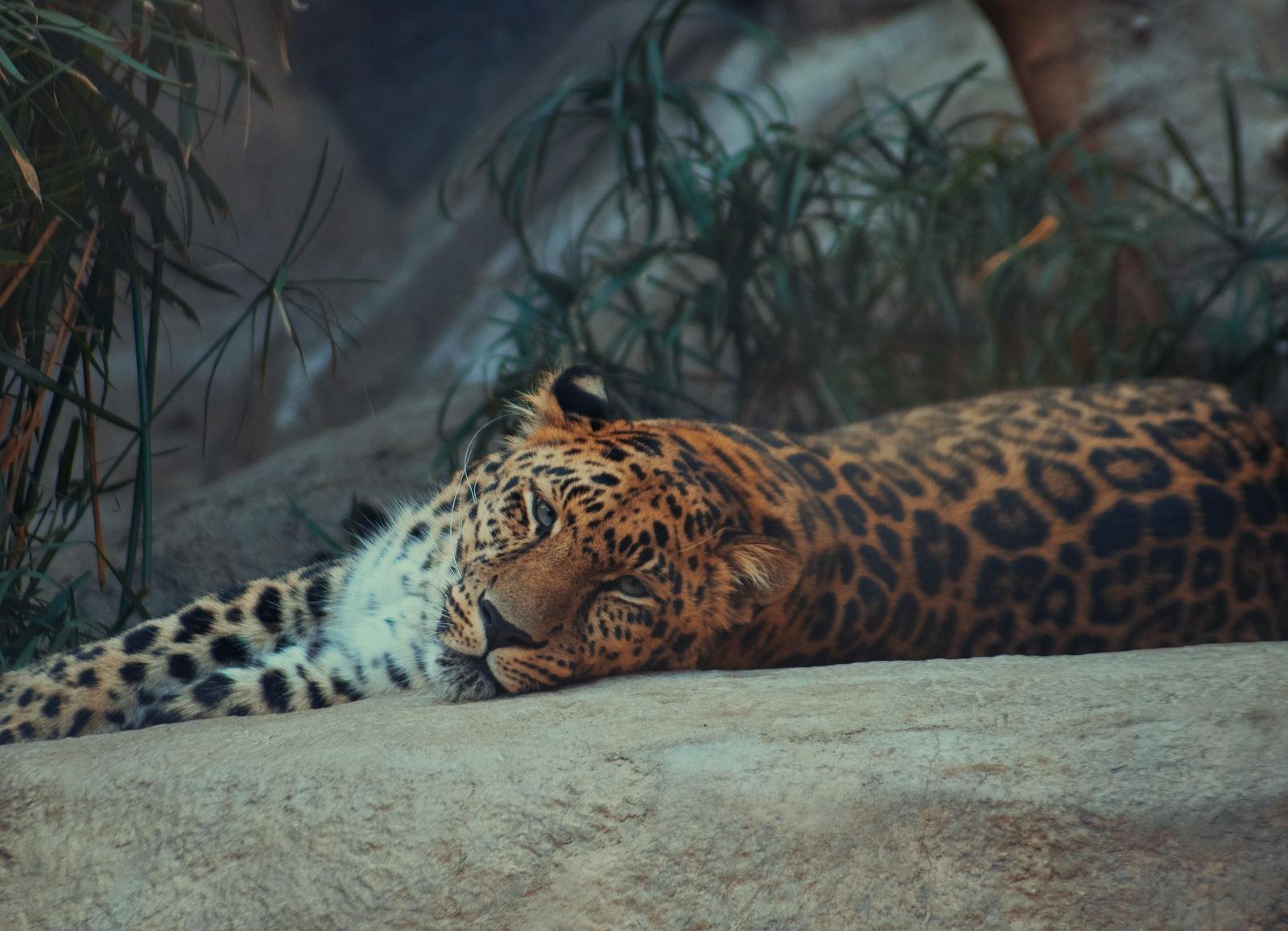
Human activities have significantly impacted big cat populations and their natural hunting behaviors. Habitat destruction and hunting have forced some species to adapt rapidly or face extinction. Conservation efforts are crucial in preserving not only the species but also the complex evolutionary traits they have developed over millions of years.
Future Evolution: Adaptation in a Changing World
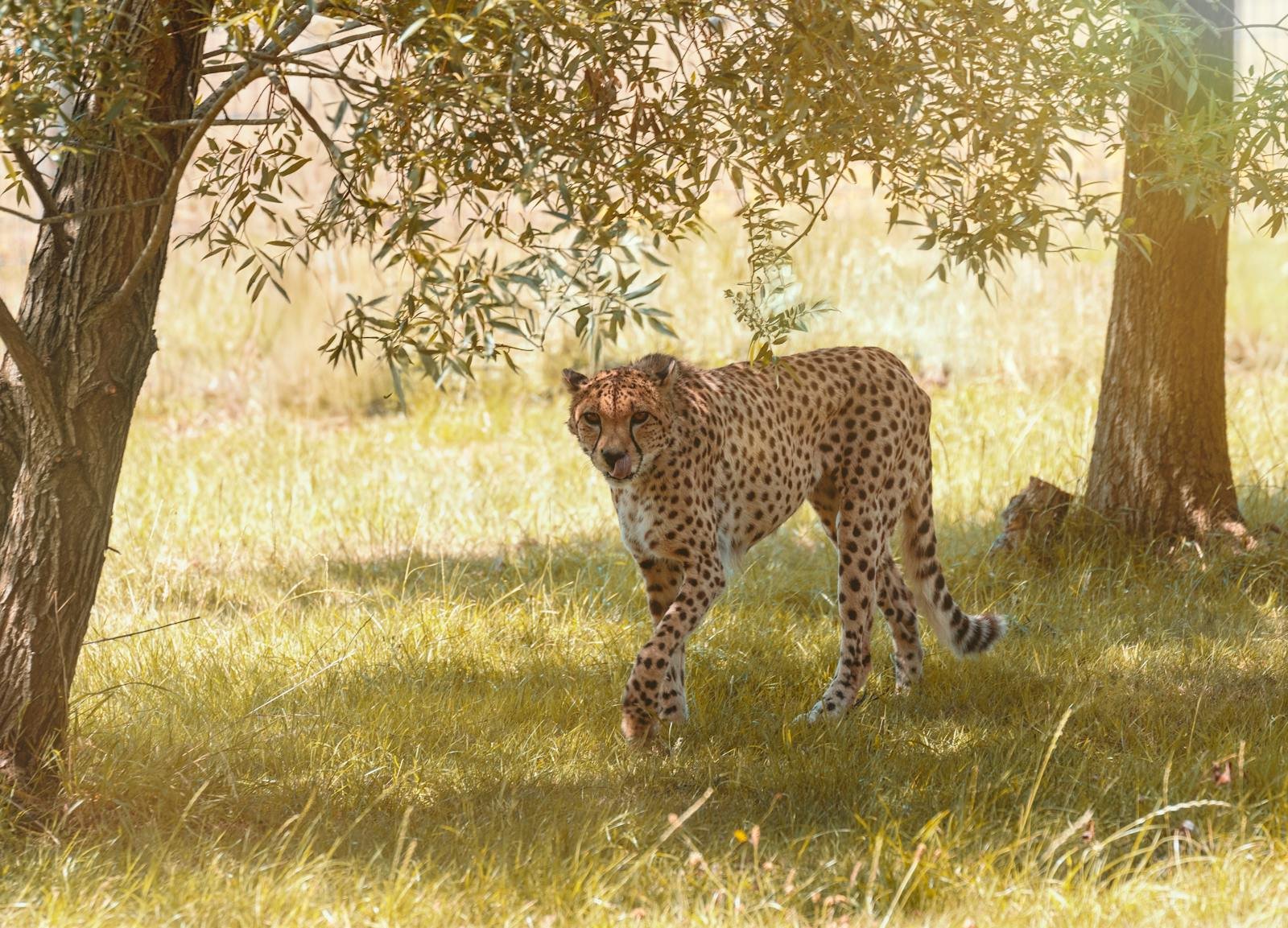
The evolution of big cats is an ongoing process, influenced by rapid changes in the environment and human expansion. The future of these majestic predators depends on their ability to adapt to new threats and potential shifts in prey availability. Understanding the evolutionary history of big cats’ hunting instincts can guide conservation efforts to ensure these apex predators continue to thrive in their natural habitats.
Conclusion: Celebrating a Legacy of Adaptation
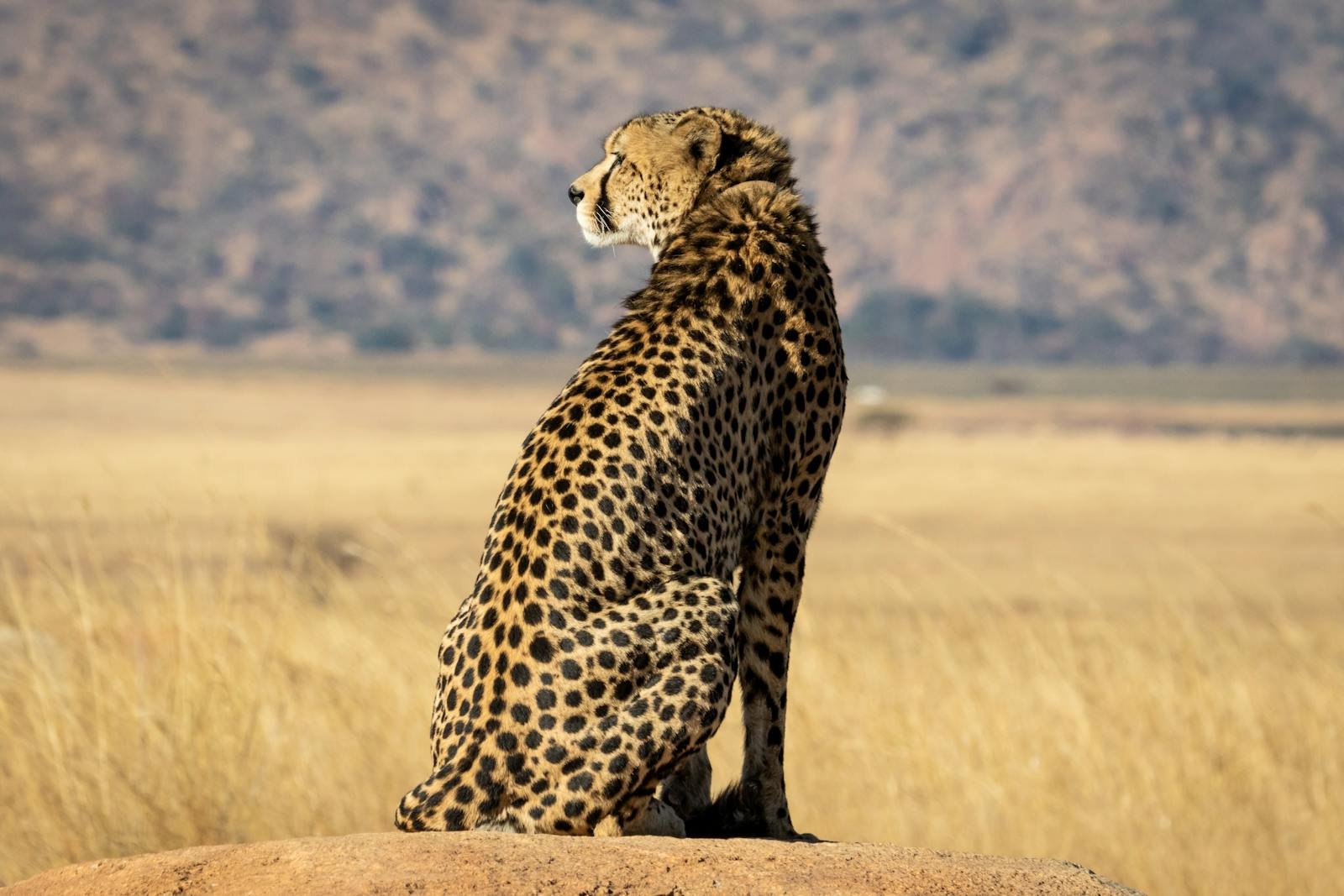
The evolution of big cats’ hunting instincts over millions of years highlights an extraordinary journey of adaptation and survival. By studying their past, we can better appreciate the complexities of these magnificent creatures and the urgent need to protect their future. These apex predators not only captivate our imagination but also play an essential role in maintaining the ecological balance of their environments.
Hi, I’m Bola, a passionate writer and creative strategist with a knack for crafting compelling content that educates, inspires, and connects. Over the years, I’ve honed my skills across various writing fields, including content creation, copywriting, online course development, and video scriptwriting.
When I’m not at my desk, you’ll find me exploring new ideas, reading books, or brainstorming creative ways to solve challenges. I believe that words have the power to transform, and I’m here to help you leverage that power for success.
Thanks for stopping by, Keep coming to this website to checkout new articles form me. You’d always love it!






